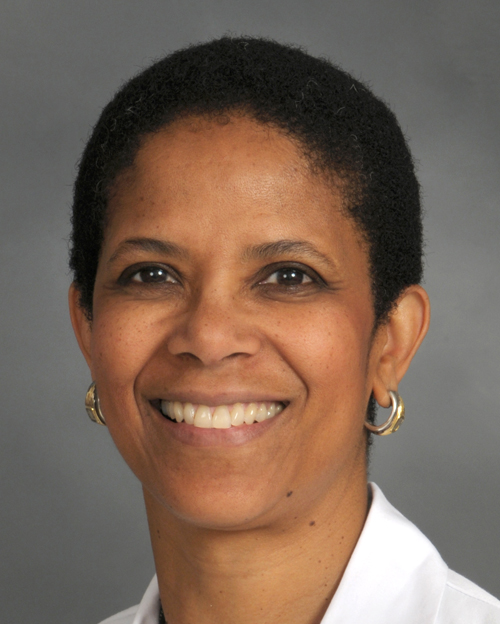 Allison J. McLarty, MD
Allison J. McLarty, MDDirector, ECMO Program
Stony Brook Heart Institute
When people are undergoing sudden, severe heart or lung failure, there is not enough oxygen in the body and the situation is life-threatening. With advanced technology called ECMO and the expertise of highly trained heart specialists, Stony Brook Heart Institute has been giving new hope to people needing this urgent life support. With ECMO, the cardiac team can prevent further injury to the heart, while allowing time to diagnose and treat the underlying problem. Dr. McLarty answers questions about this valuable, lifesaving technology.
What is ECMO?
ECMO — extracorporeal membrane oxygenation — is an emergency, temporary form of life support for people who have sudden heart failure, such as with a massive heart attack or some other incident. Heart failure means that the heart isn’t able to pump enough blood into the lungs and out into the body. This can be life threatening. ECMO is able to temporarily take over the job of the heart and the lungs and give the person time to be treated and recover.
How does ECMO work?
First, some background: In a healthy heart, blood that has already circulated through the body comes into the right side of the heart through a vein. The heart sends the blood to the lungs, where oxygen is added and carbon dioxide, a waste product, is eliminated. The “clean” blood full of oxygen then goes back into the left side of the heart, which pumps the blood out to the rest of the body through an artery. ECMO is a machine that bypasses the heart and lungs and takes over what they normally do. This can give the heart and lungs time to heal, and give us the time to diagnose and treat the problem that caused the heart failure in the first place. Our goal is to get our patient well enough to go home.
How is the ECMO procedure done?
Our cardiothoracic team of surgeons, anesthesiologists, cardiothoracic OR nurses and physician assistants works together to put a patient on ECMO therapy. With us also are perfusionists, highly trained specialists who put together, run and monitor the ECMO pump during the procedure and the entire time the patient is on ECMO. The procedure to put a patient on ECMO takes us about 20 to 30 minutes:
• Surgeons gain access to the arteries and vein near the heart by small punctures in the skin. There is no big incision or major surgery involved.
• We attach two tubes – one to a vein and the other to an artery.
• ECMO sends blood that comes in from the tube attached to the vein to a lung-like membrane that does what the lungs normally would do.
• The oxygenated blood then is sent into the tube attached to the artery, and the blood is pumped out to the rest of the body.
What happens after the patient is on the ECMO machine?
The patient and the ECMO machine are moved to the cardiothoracic intensive care unit (ICU), where treatments start to stabilize the patient for the recovery process. Most patients stay on ECMO for four to seven days. When the heart and lung are strong enough, the tubes are removed by the surgeons, and the vein and artery are repaired. If the patient needs further care, we provide whatever treatments are needed to help the patient get well enough to resume their lives.
Why is Stony Brook Heart Institute considered a leader in ECMO therapy?
We do more ECMO procedures than any other institution in the area. And the more you do, the better the results for patients. Plus, we have extensive programs to treat all types of cardiac disease, so we can treat whatever caused the heart problem.

